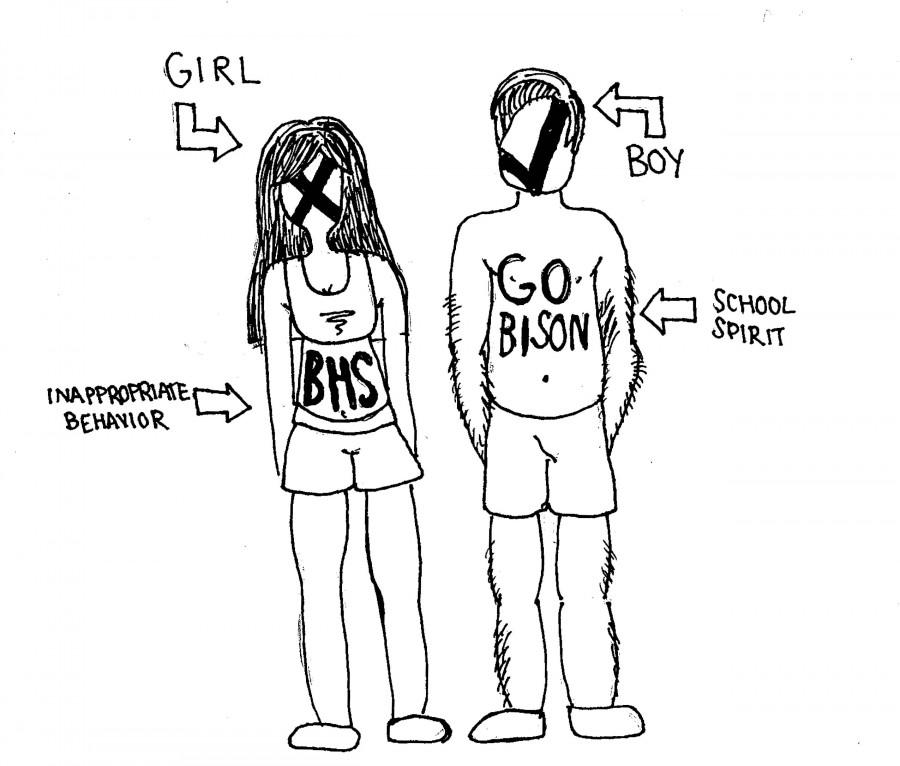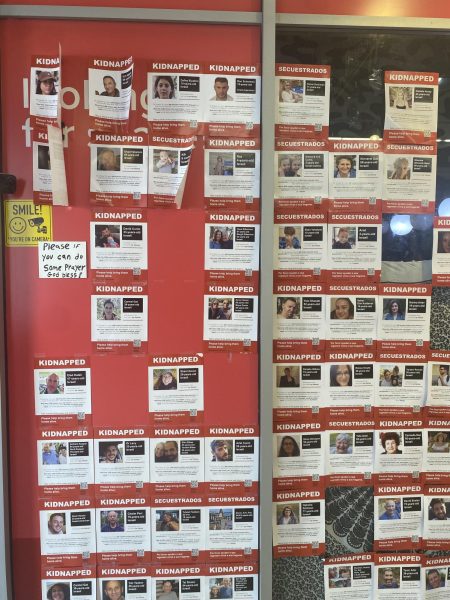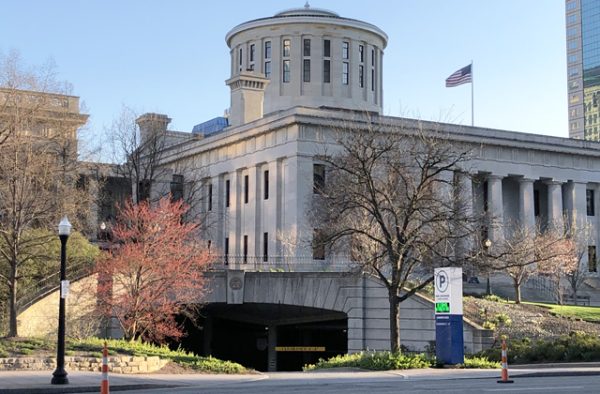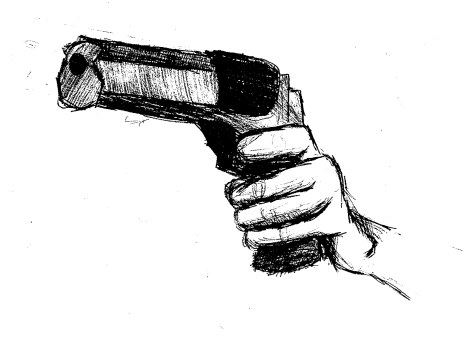Dress Codes Set Higher Standards Neglected By Current Popular Culture
Tattoos, body piercings and painting and even the very clothing we wear — broadly speaking: “personal expression,” a concept that teenagers are overwhelmingly willing to embrace. However, how often do practitioners fully consider the implications of their actions?
The current moratorium on many “expressive” actions at school-sponsored functions forces students to consider their choices. Therefore, the dress code should be considered a generally good policy. It serves to emphasize individuals rather than clothing.
As a quick note, it is my personal position that any policy should be uniformly enforced. The prime example is the understanding that torsos should be covered. To my knowledge, that rule has only been enforced for female students. Instead, I would propose that both genders be required to follow the rule, if only for the sake of equality.
With that framework in mind, the prime benefit of the dress code is that it helps create a culture that respects individual agency. Perhaps this is a bit counterintuitive, as the (philosophical) definition of agency, provided by Encyclopedia Britannica, is the “capacity for individualized choice and action.” However, current efforts to support what is typically women’s agency have had the opposite effect.
Going all the way back to the 1920s, the flappers and new feminists believed that freedom of choice meant equality. In essence, the ability to wear and do as they pleased provided the foundations for equal treatment to male counterparts.
Instead, what developed was a culture where people are viewed not for intellectual capability, or even traits like a strong work ethic, but instead for appearance and promiscuity.
In the present day, teens have created (in part, because of clothing we chose to wear) a similar atmosphere. The American Psychological Association refers to it as the “sexual hook-up culture.” Its ideas are relatively similar– people should be free to engage in uncommitted sexual activity.
The problem with both movements (and all others in between) is that they fail to take into account underlying social messages. If all physical desires can be satisfied without emotional investment, then there becomes little reason to look beyond those very desires.
As a measurement, since the 1960s “counterculture,” (which promoted clothing that the enforcement of the dress code can prevent) the “rate per 100,000 inhabitants [of] forcible rape” has gone from 9.6 in 1960, to 11.2 in 1964, to 26.9 in 2012, all according to a compilation of FBI crime reports.
But Beachwood and schools all across the country have the ability to create a different mindset. If students are unwilling to self-regulate their choices in clothing, it becomes necessary for the school to intervene, as they have been doing.
It is the obligation of society, both institutions and individuals, to create a world that respects the body. It may seem a stretch that public display of skin (of all kinds) can lead to anything serious, but the chain of events is both apparent and logical.
School district officials have an obligation to promote policies that encourage students to be reserved in appearance and actions, and the dress code, when properly and fairly enforced, can do just that.
As a final, more “practical” note, students should cover up because they are not the only people at these events. Children, family friends, and (mostly because their opinion affects your grades) teachers are all in attendance.
There is no reason to generate a poor reputation by doing, or wearing, something that offends someone else.
In short, cover up.













